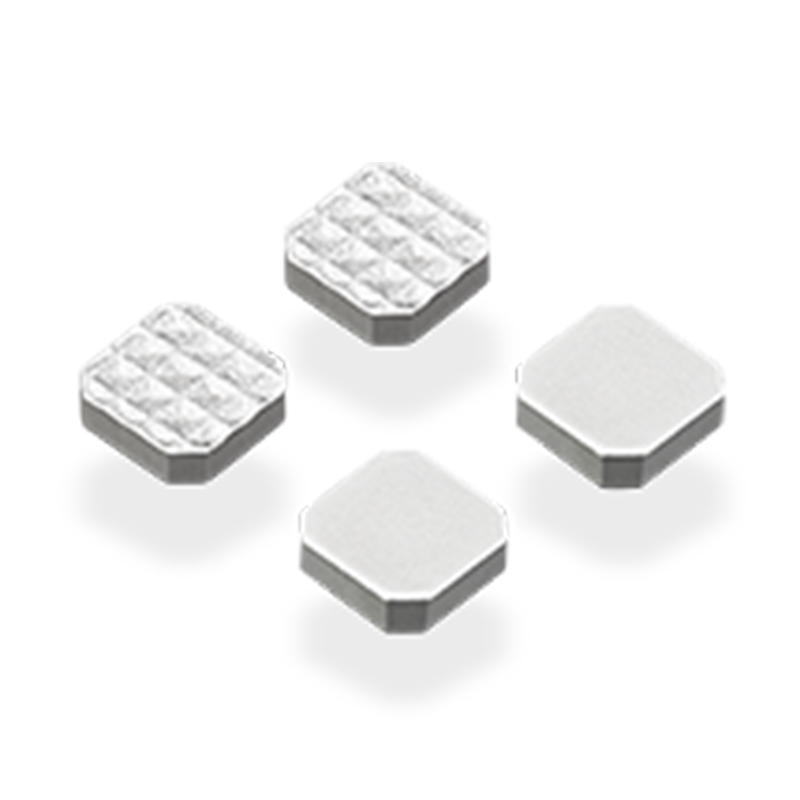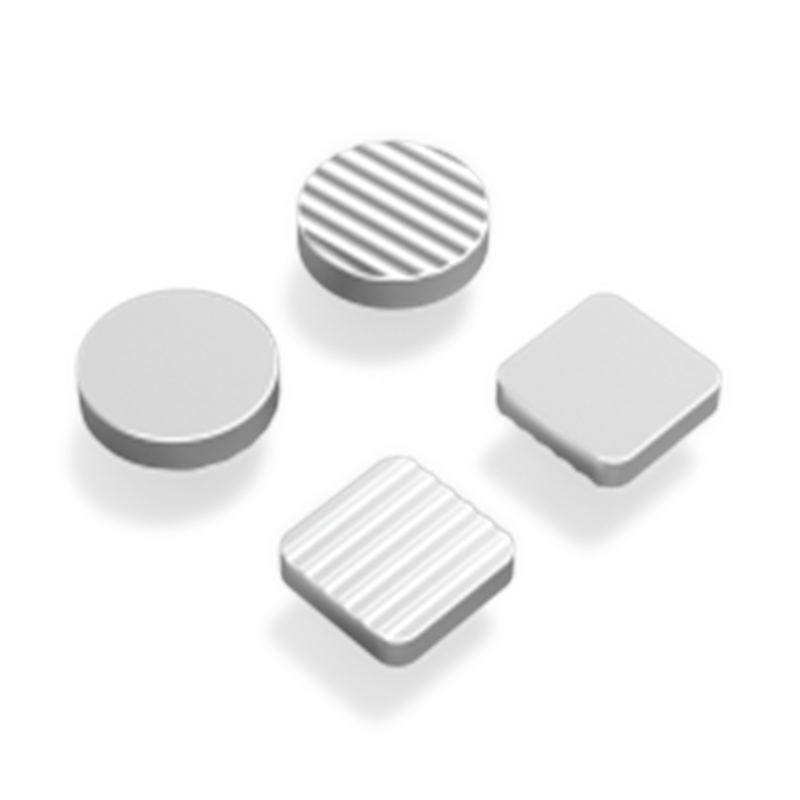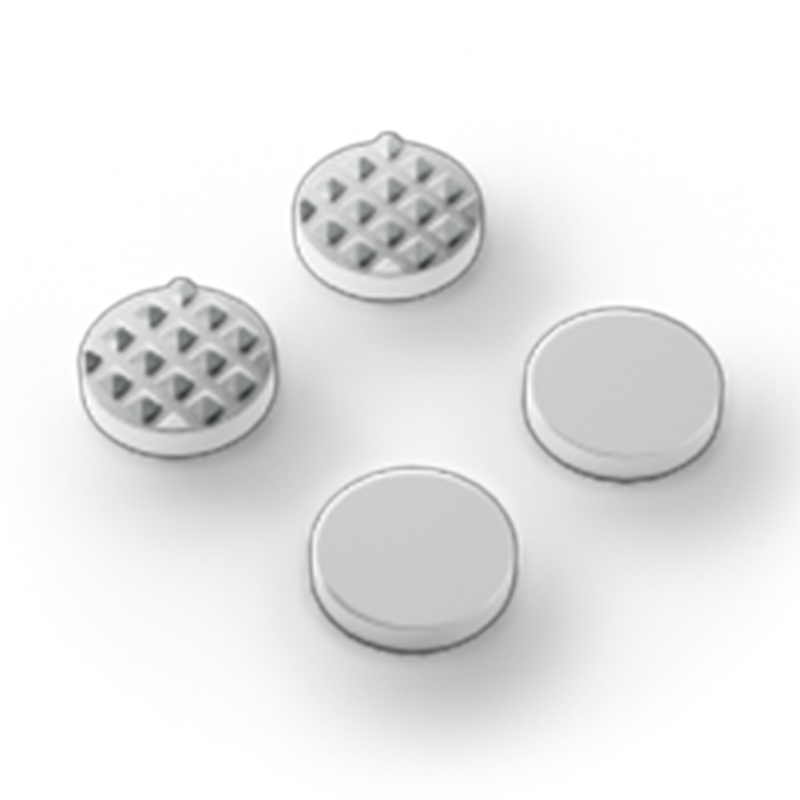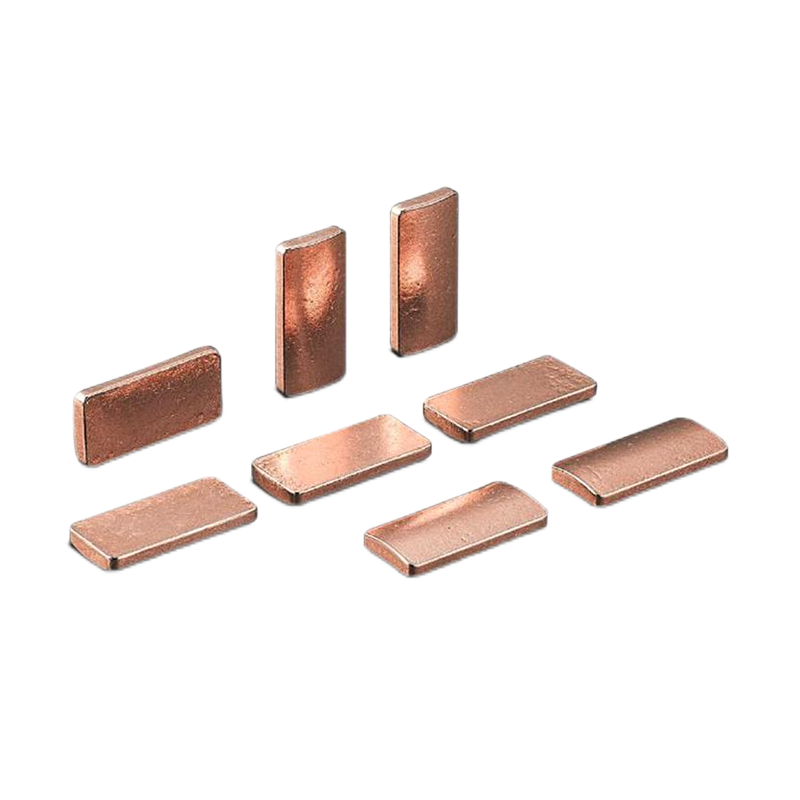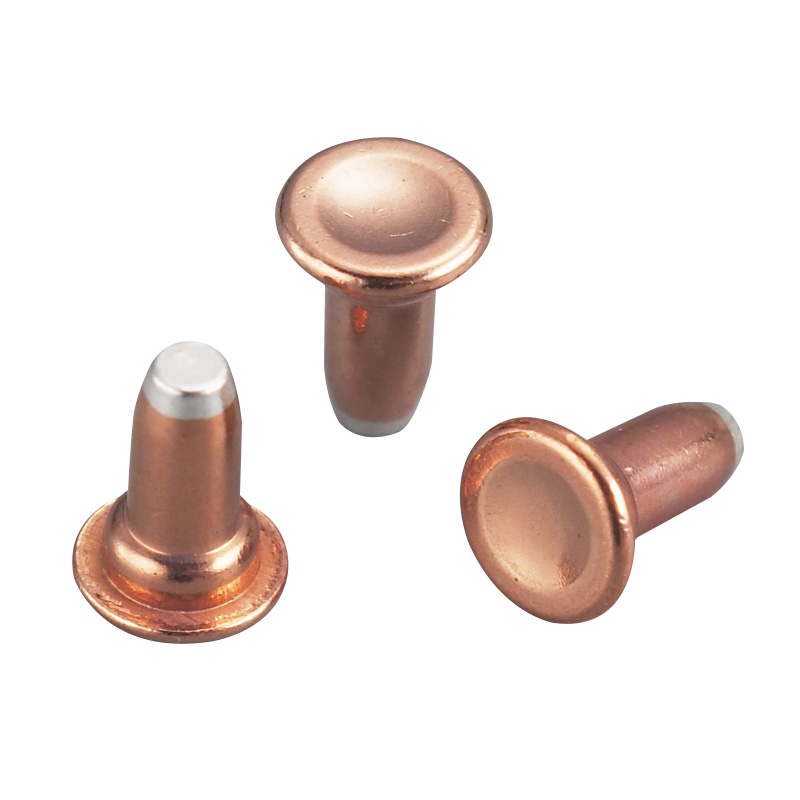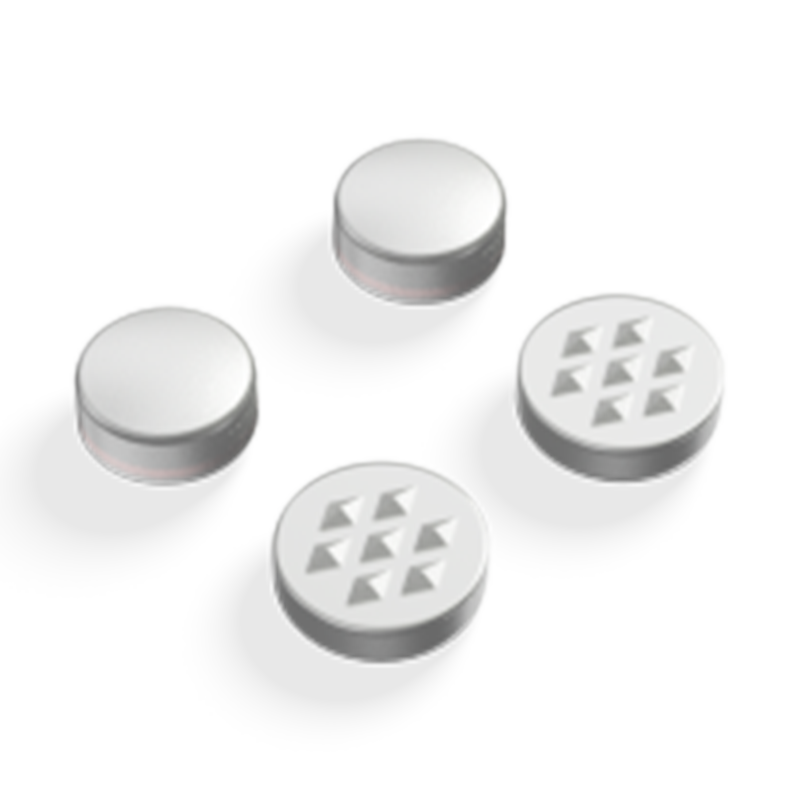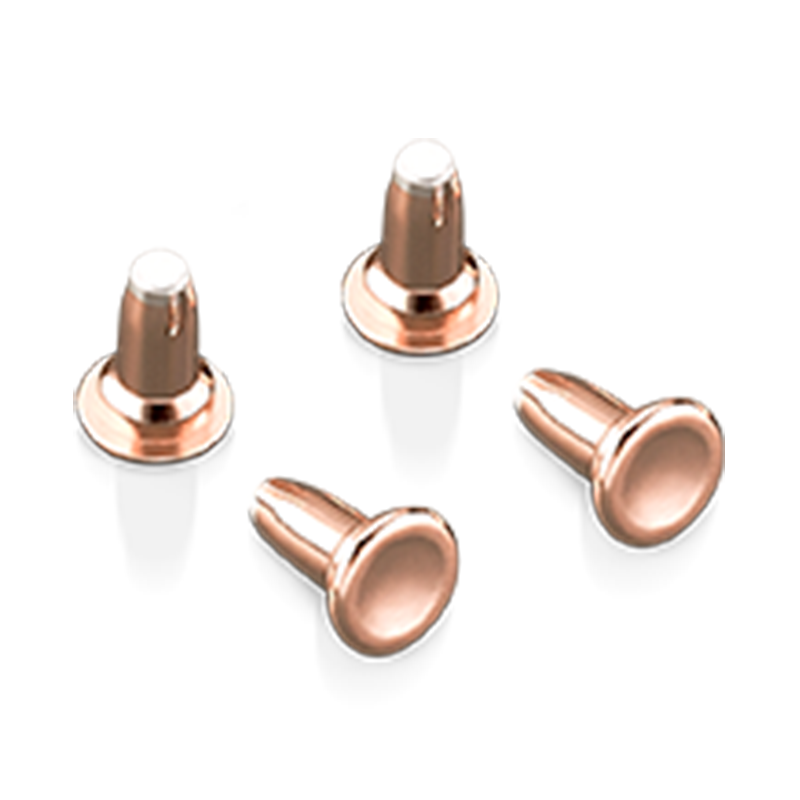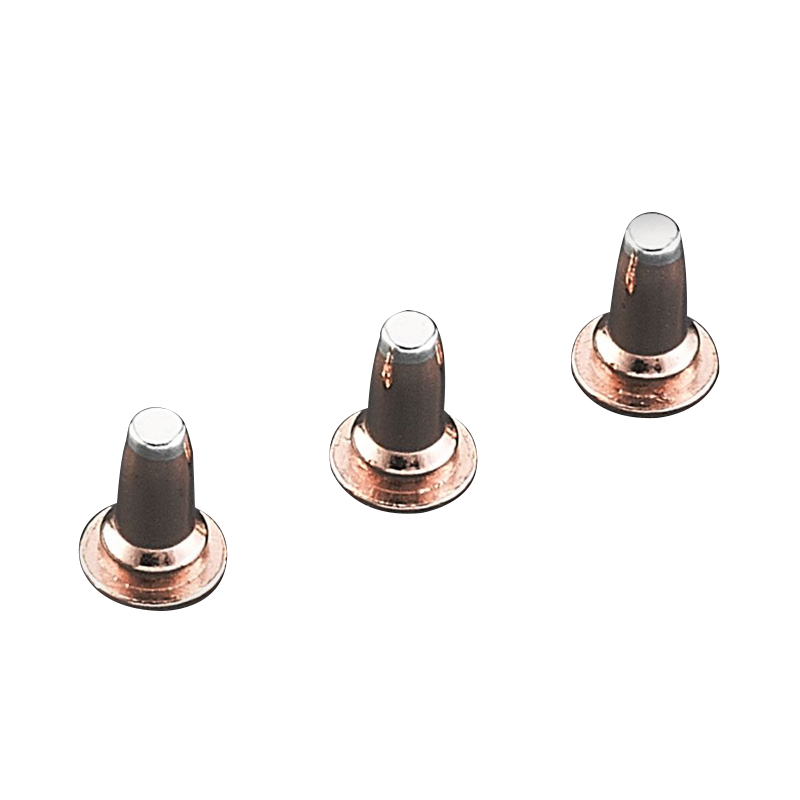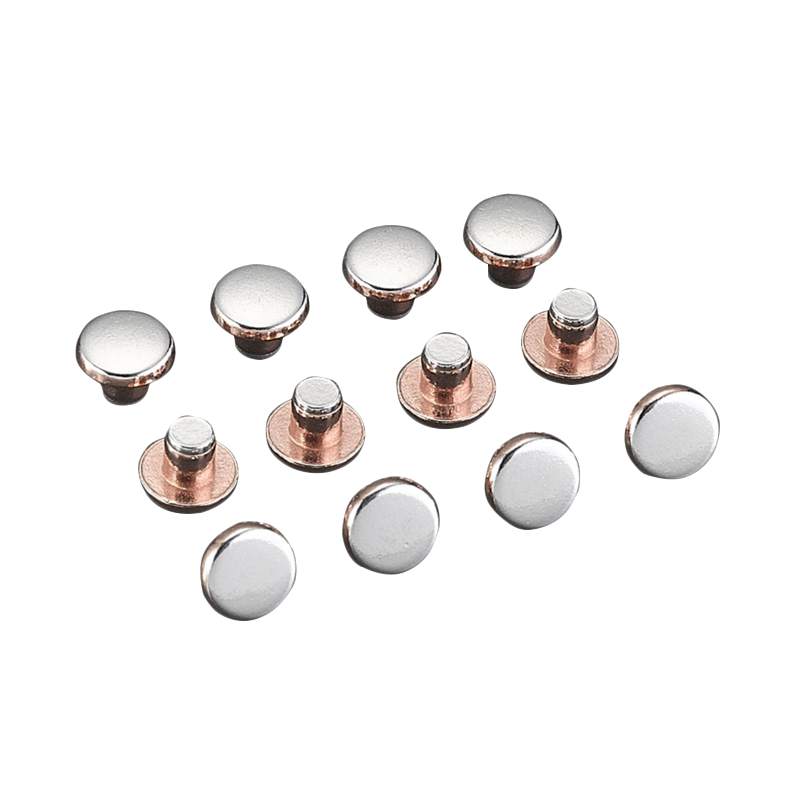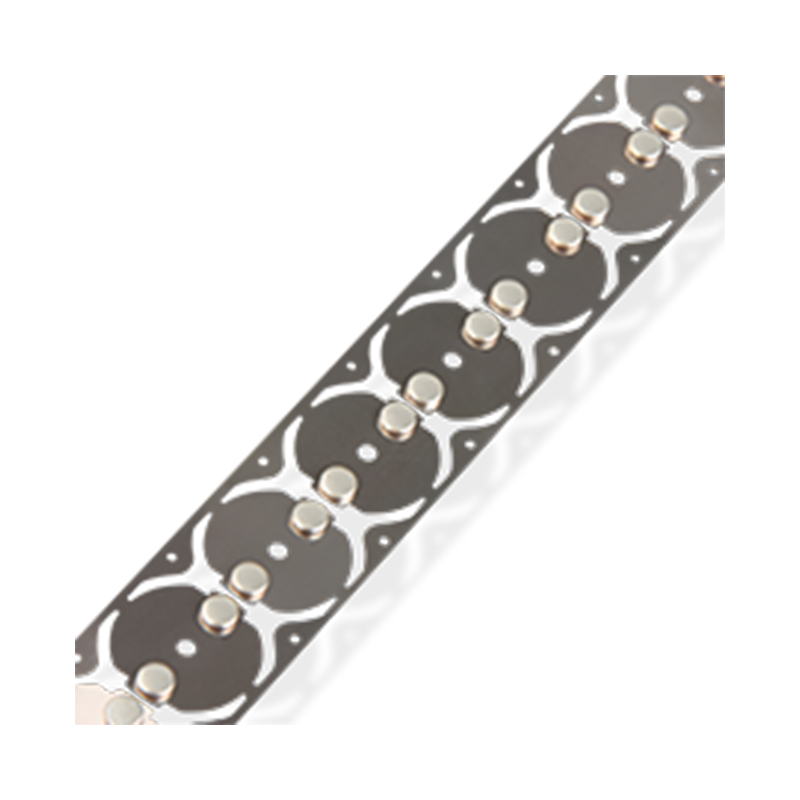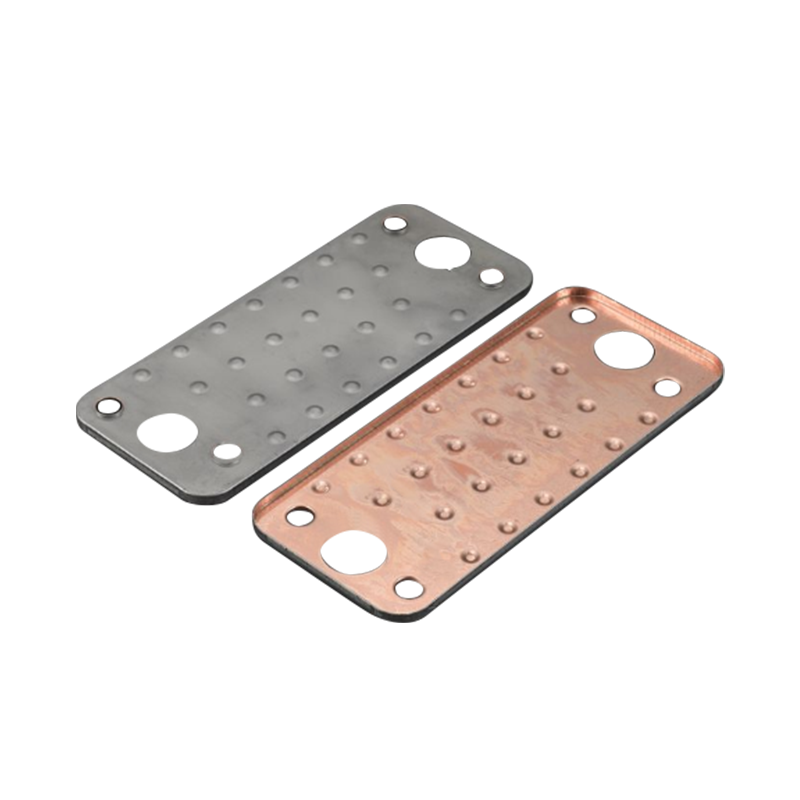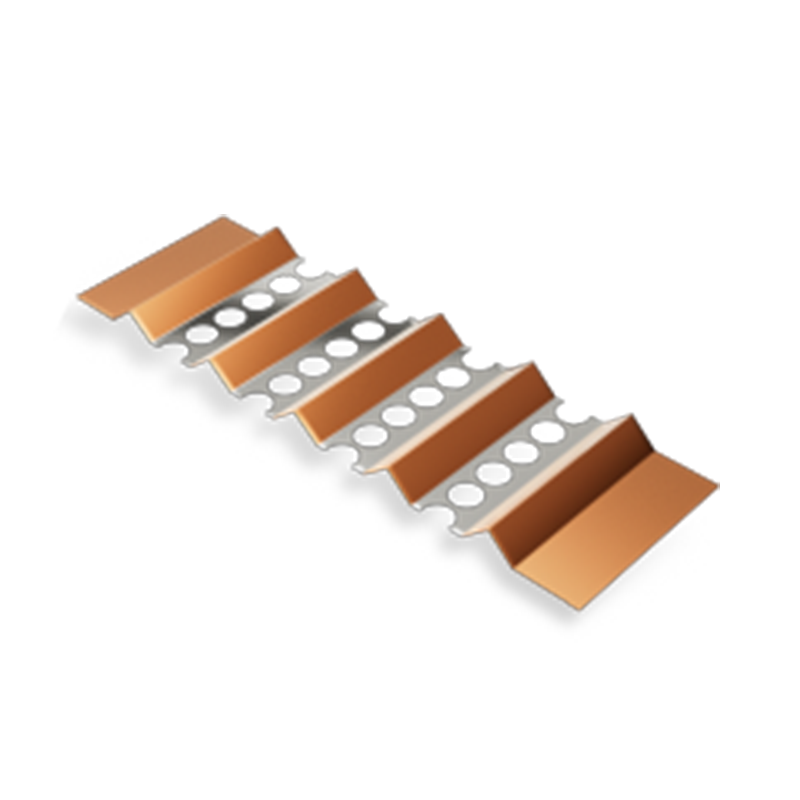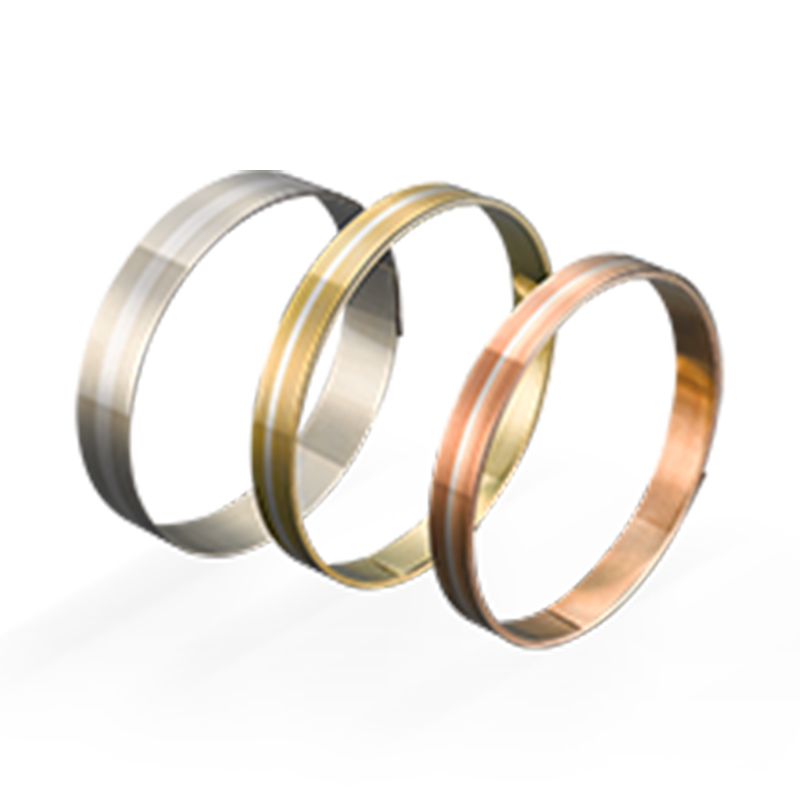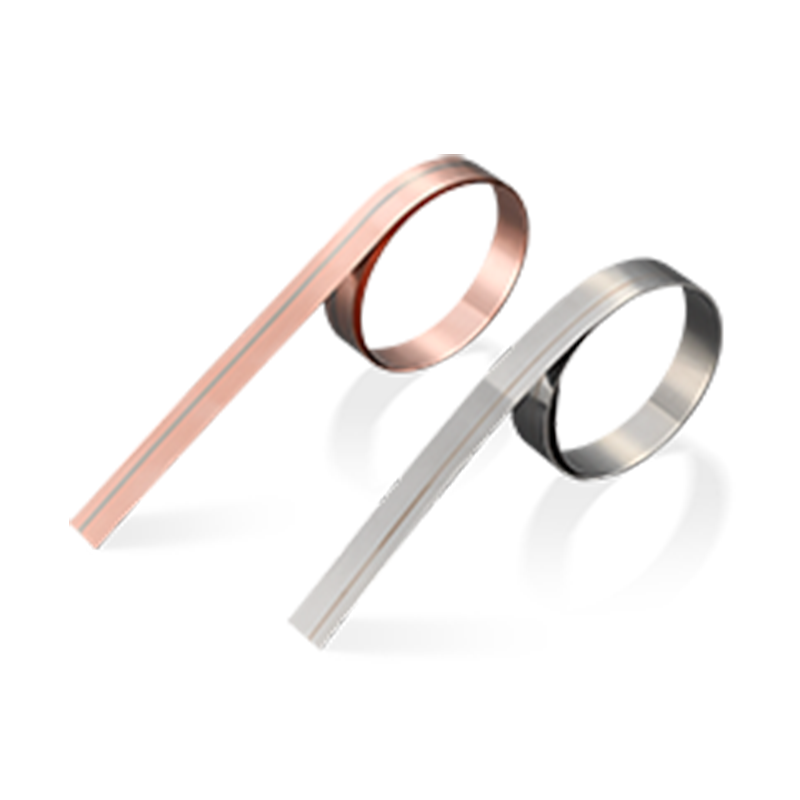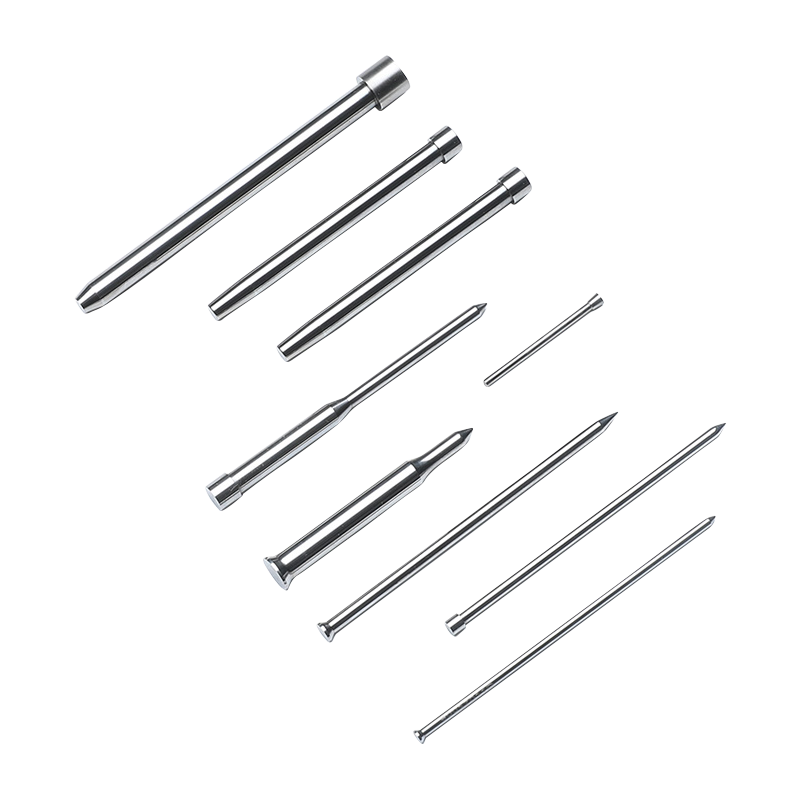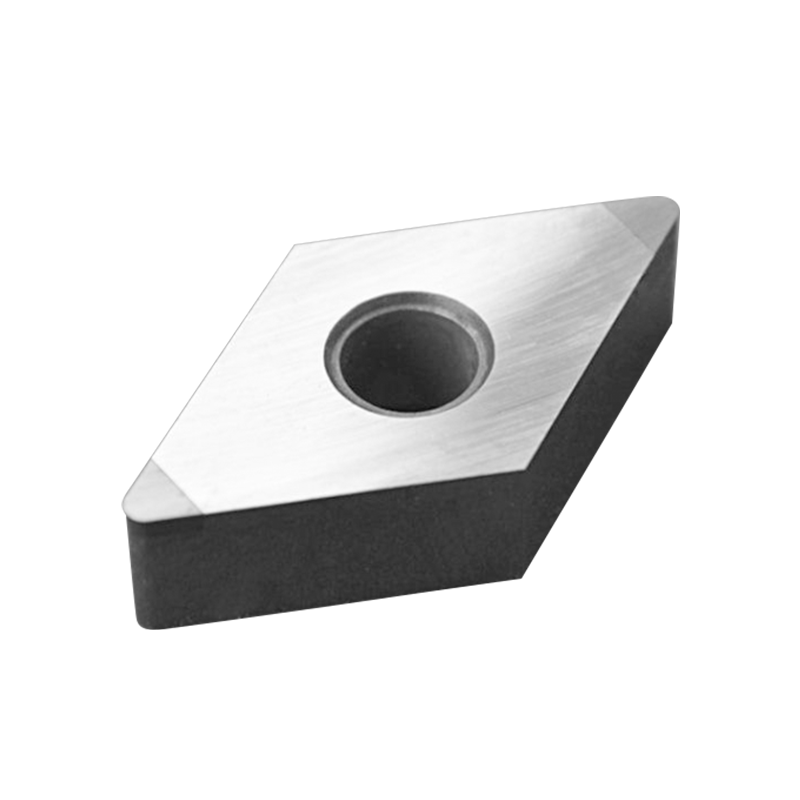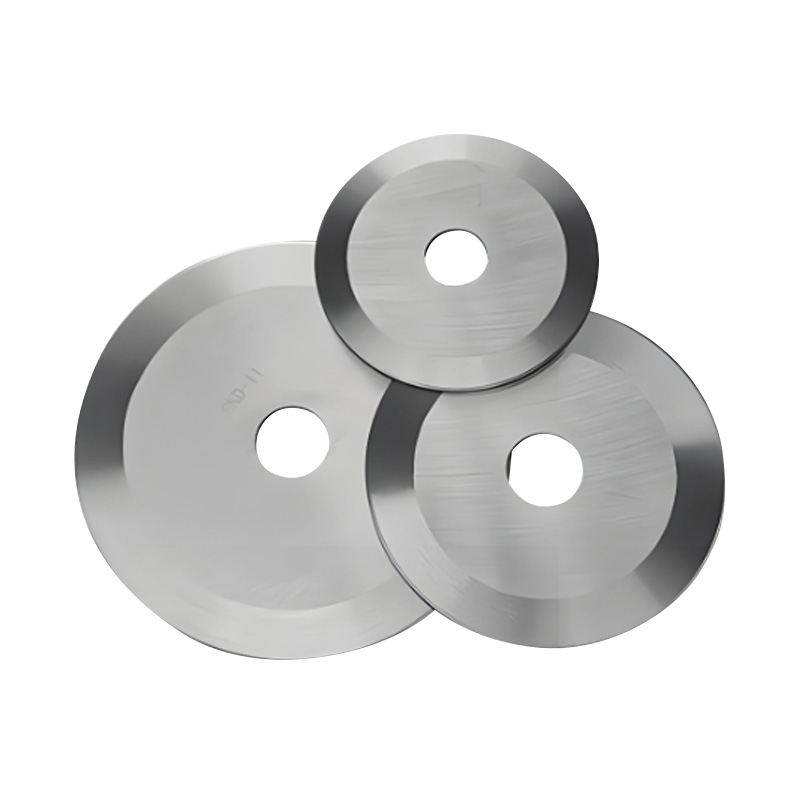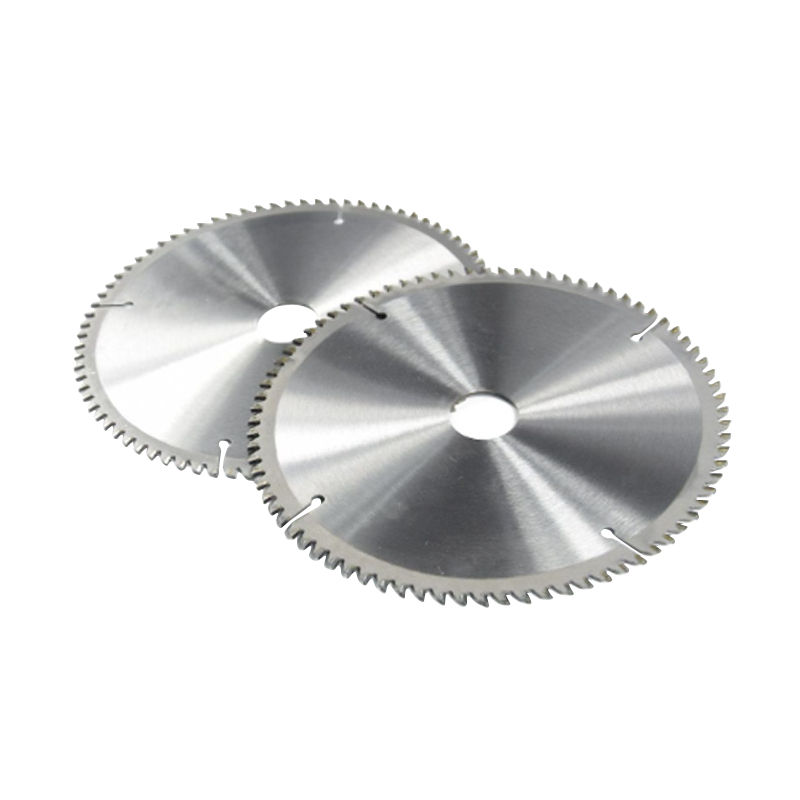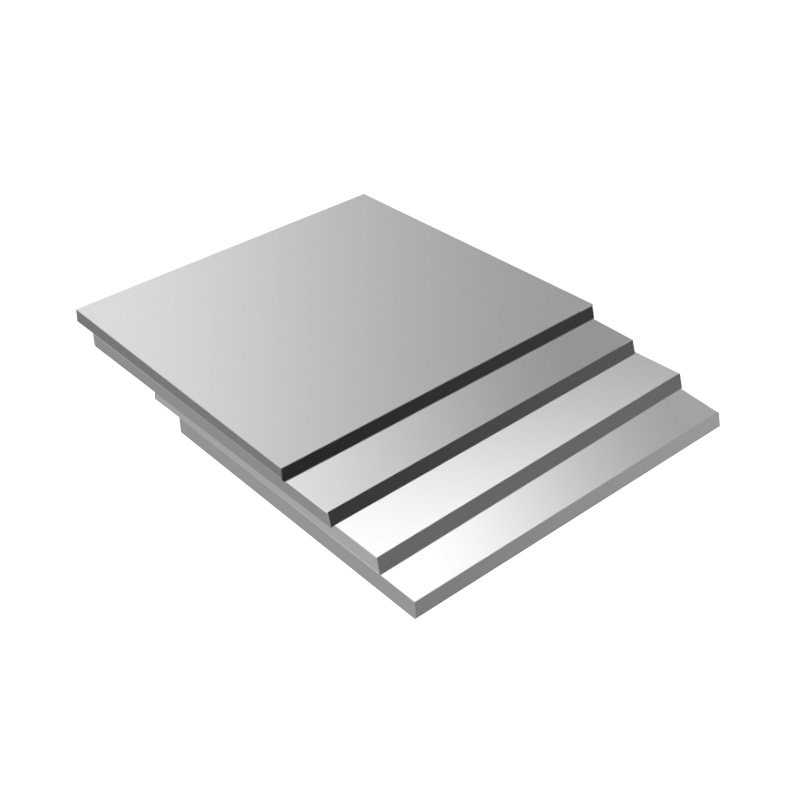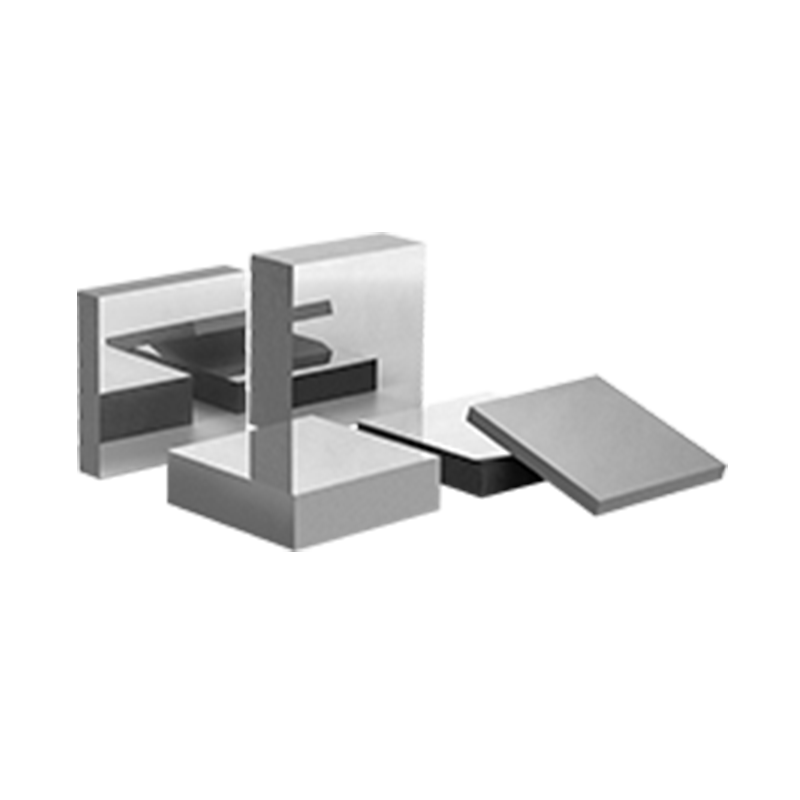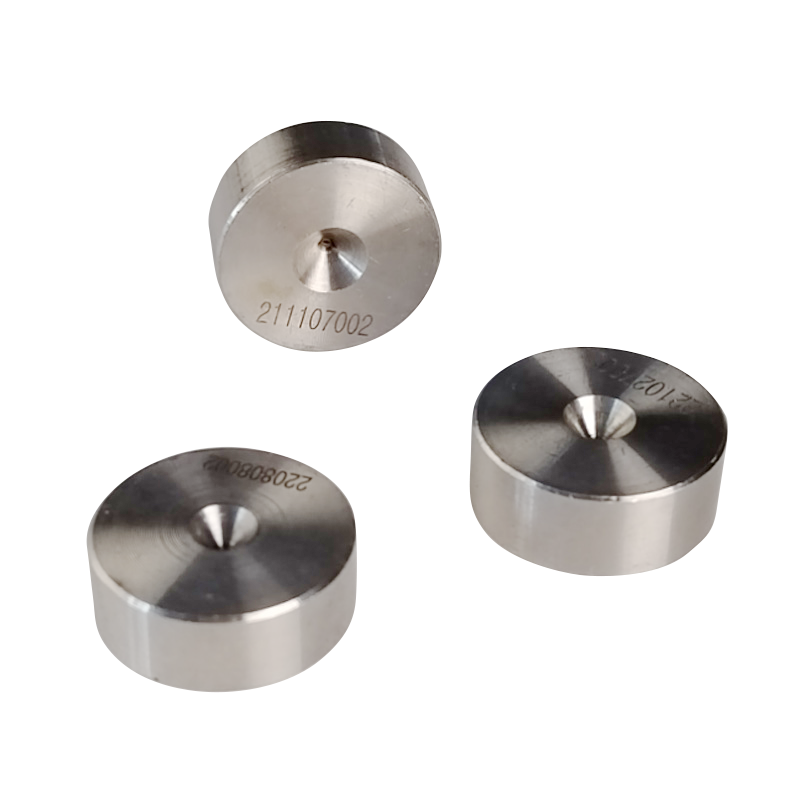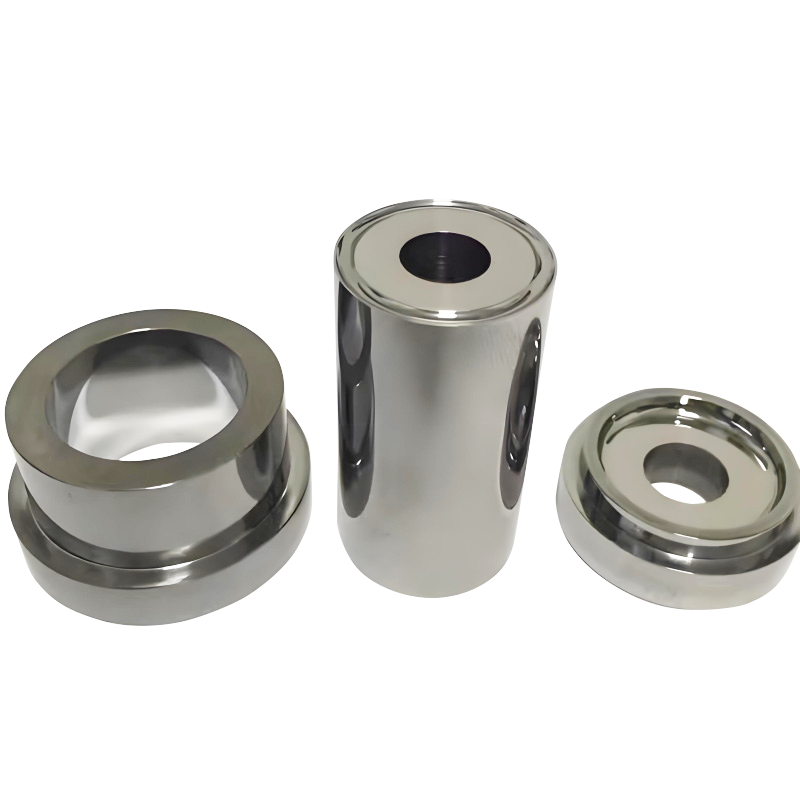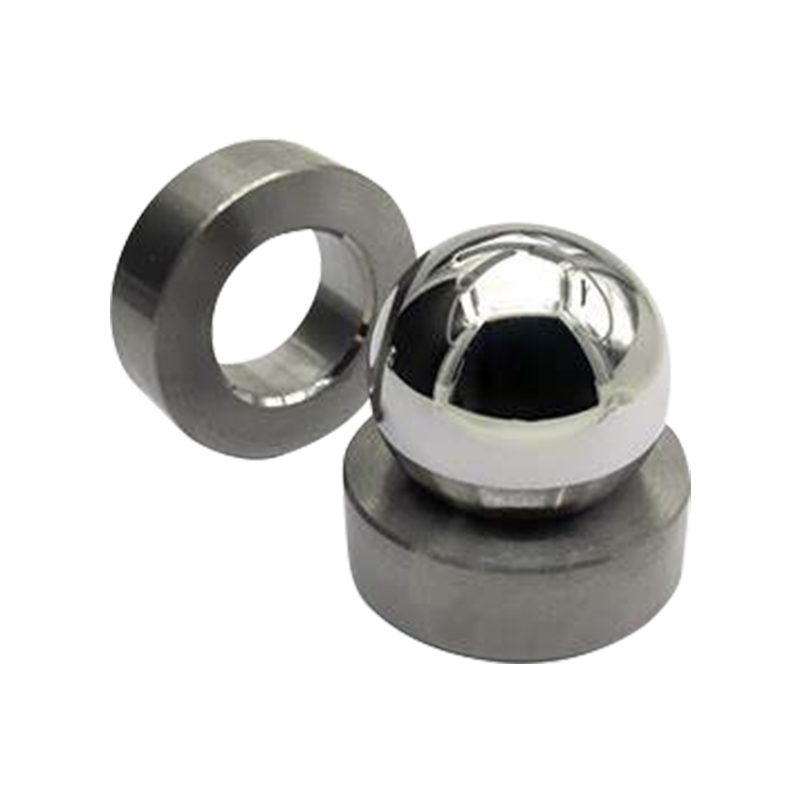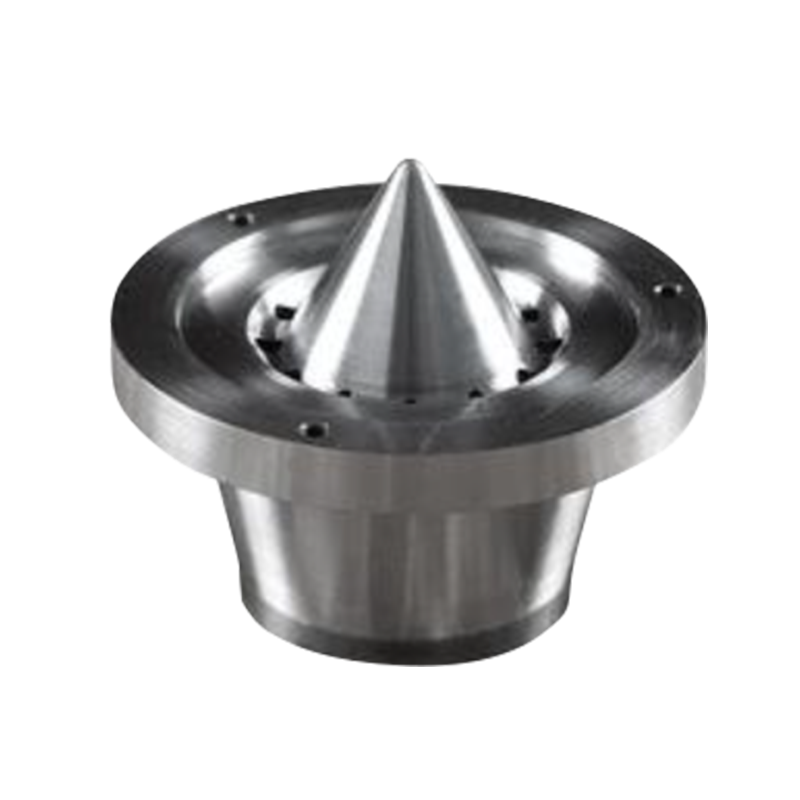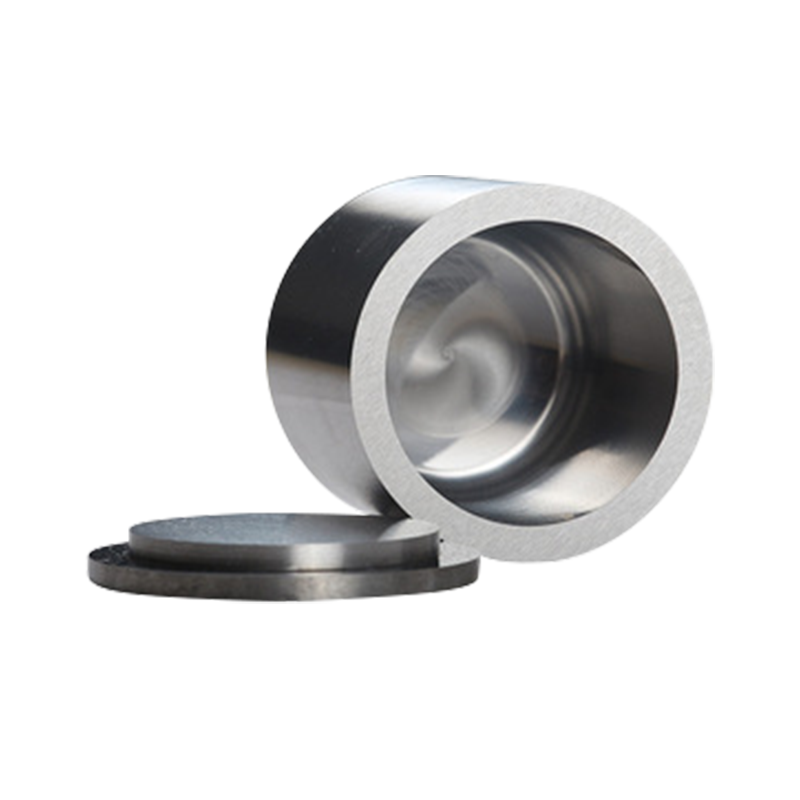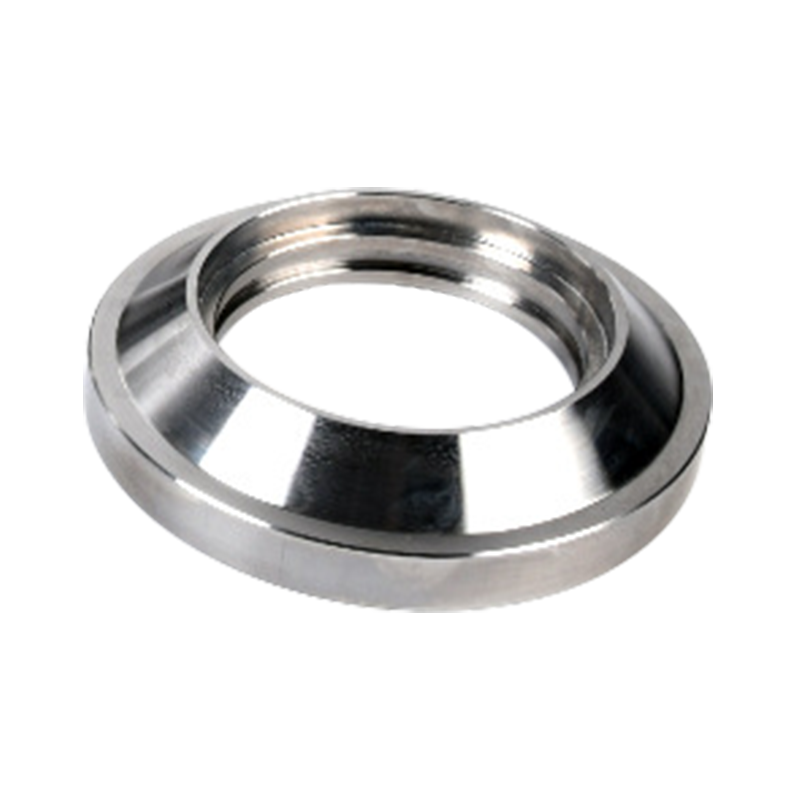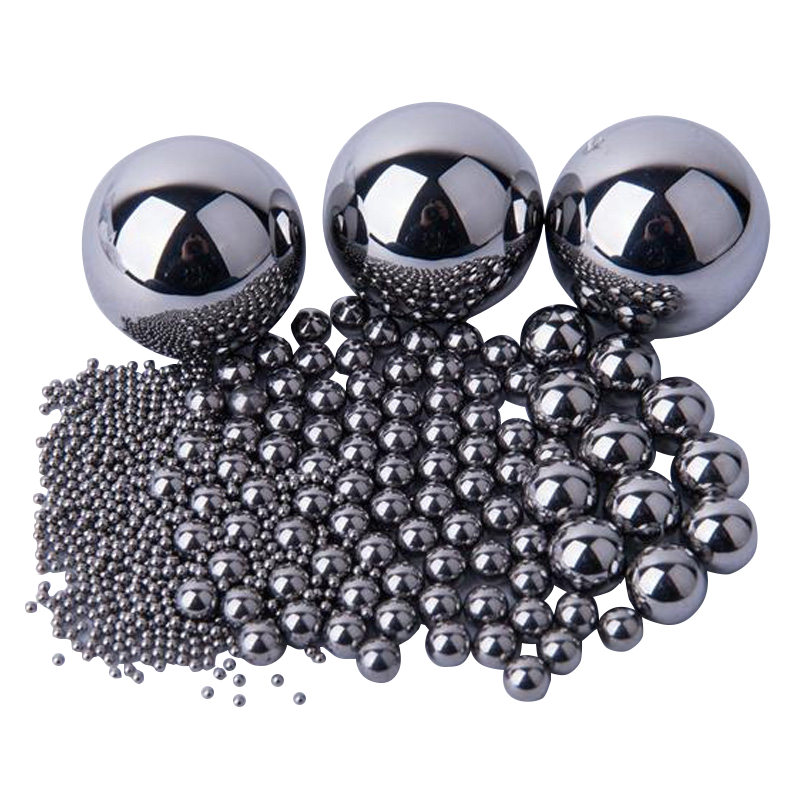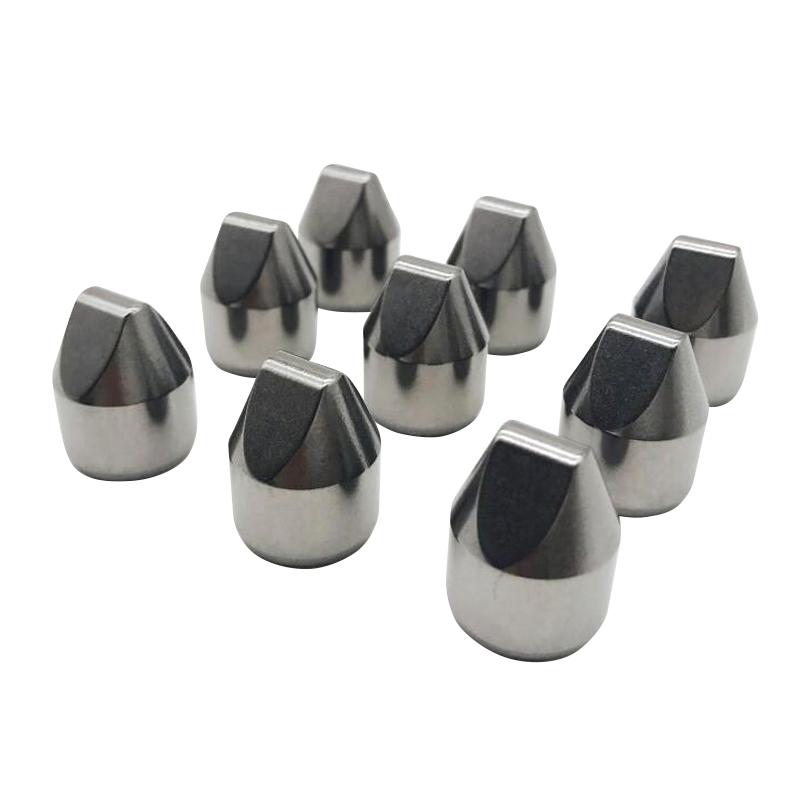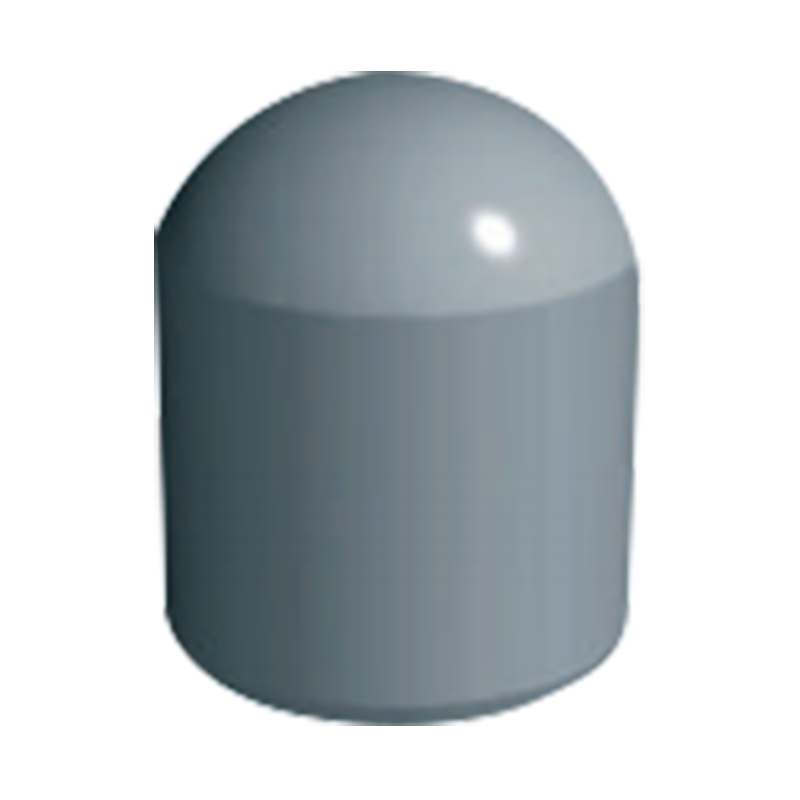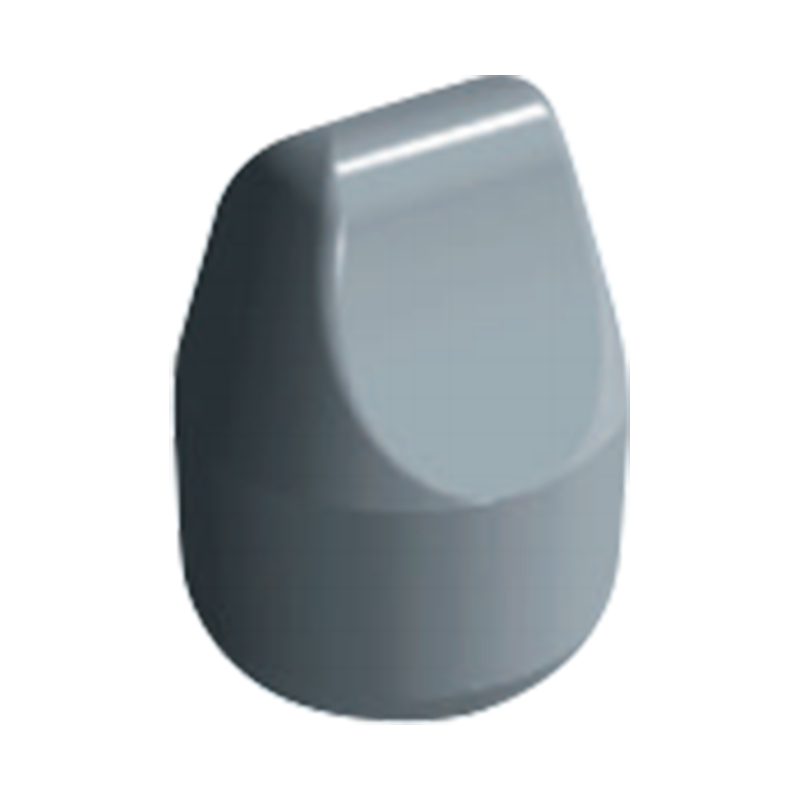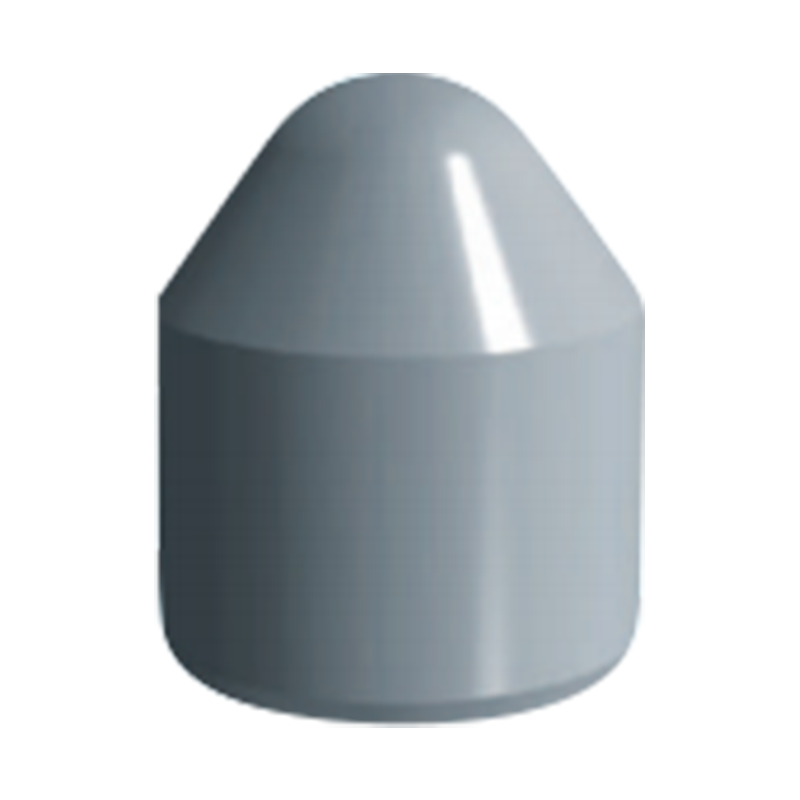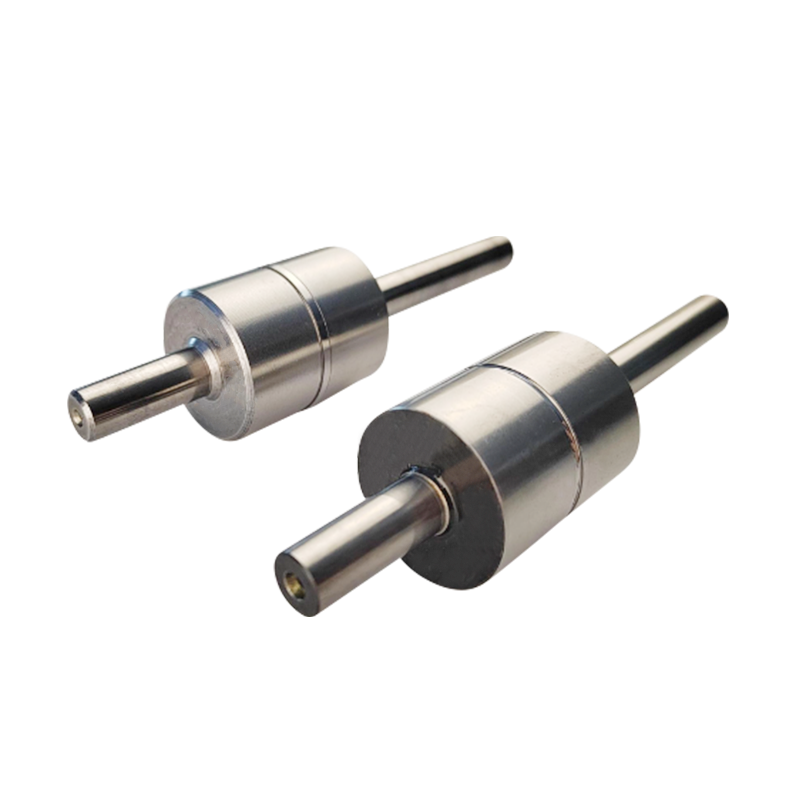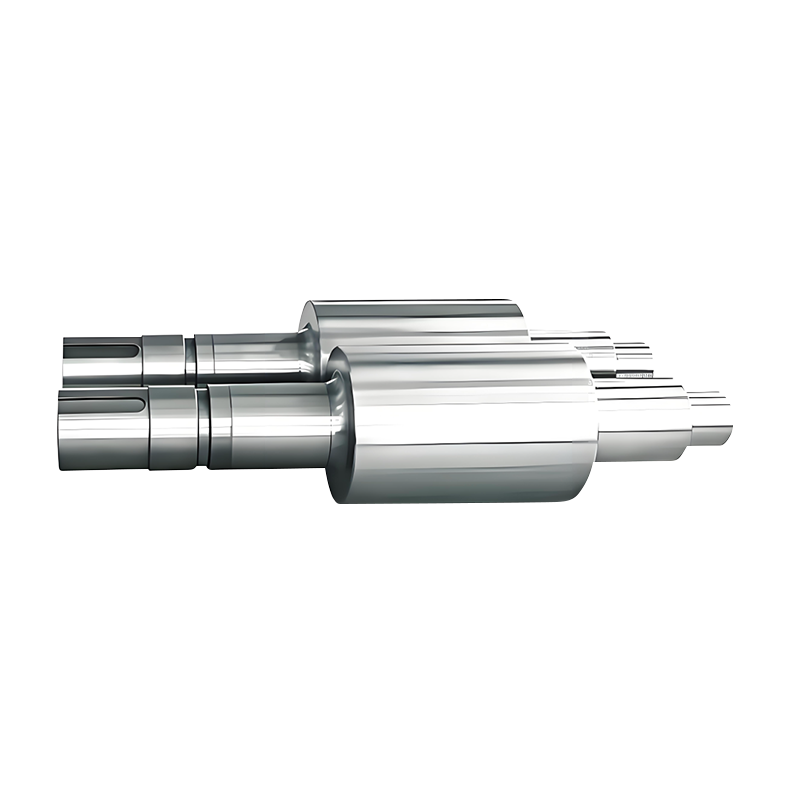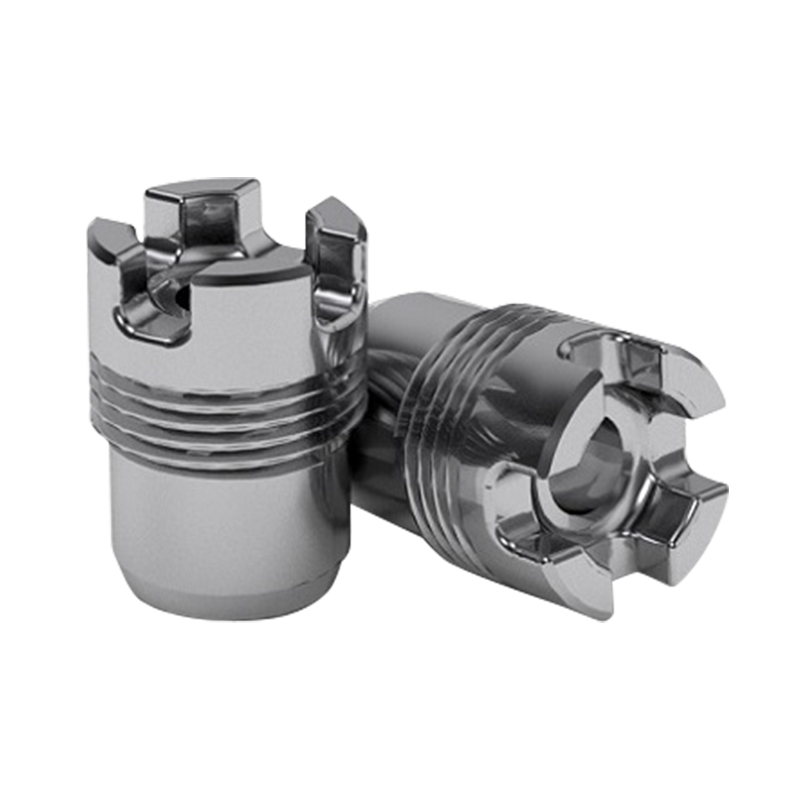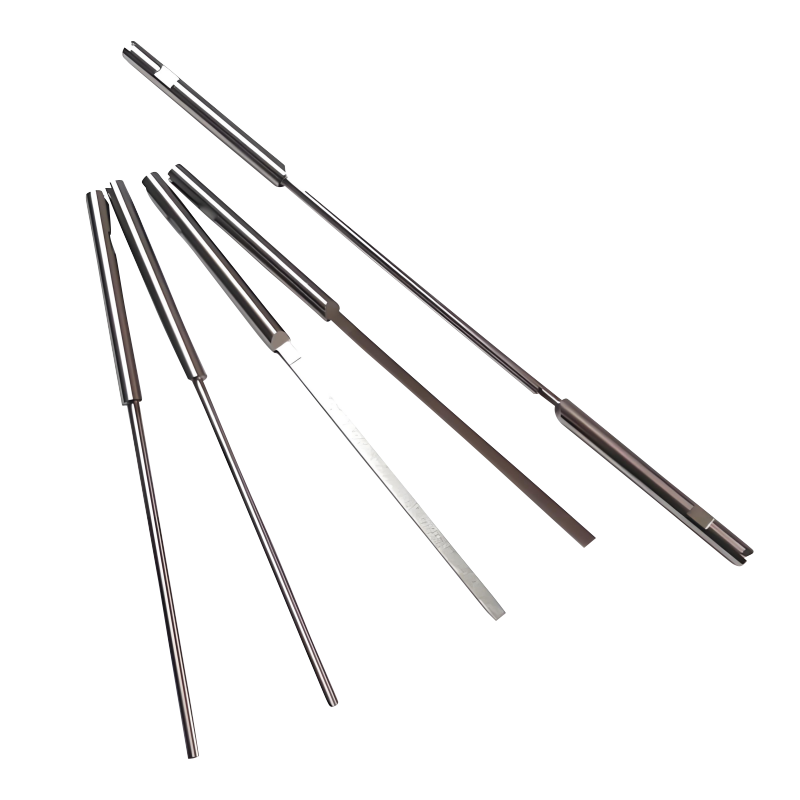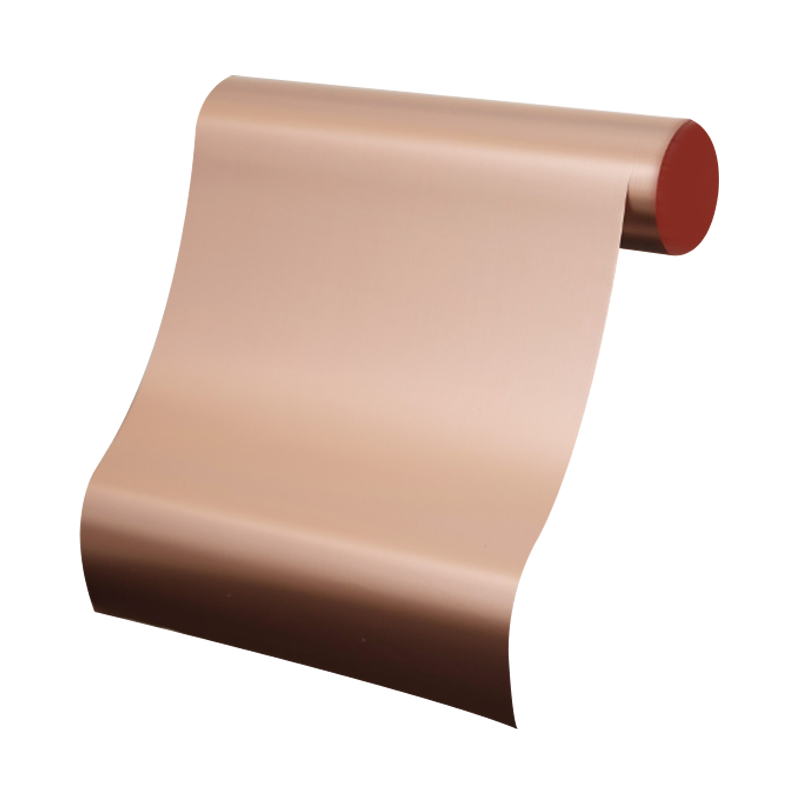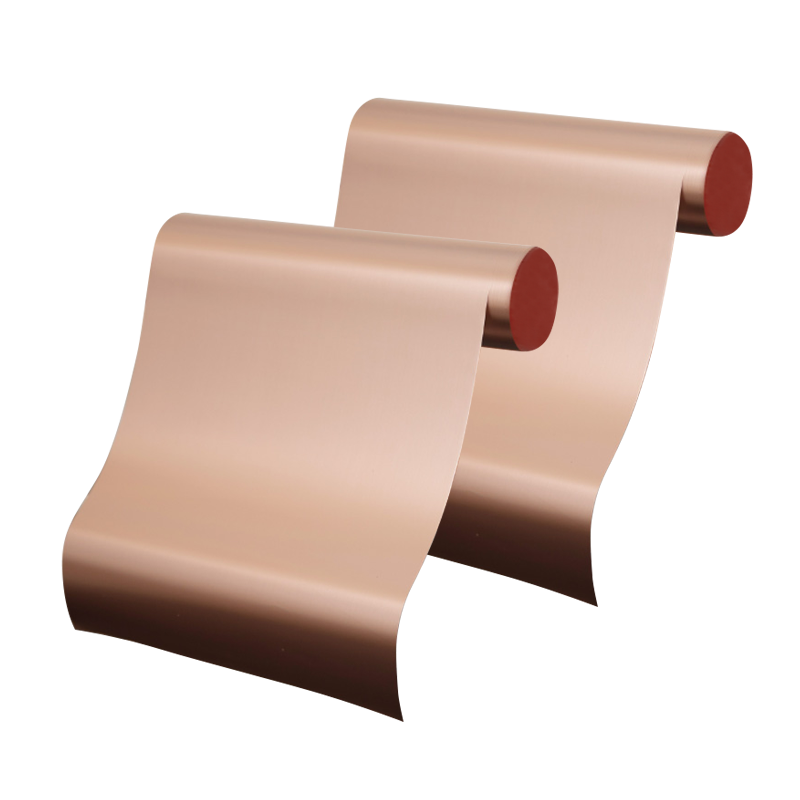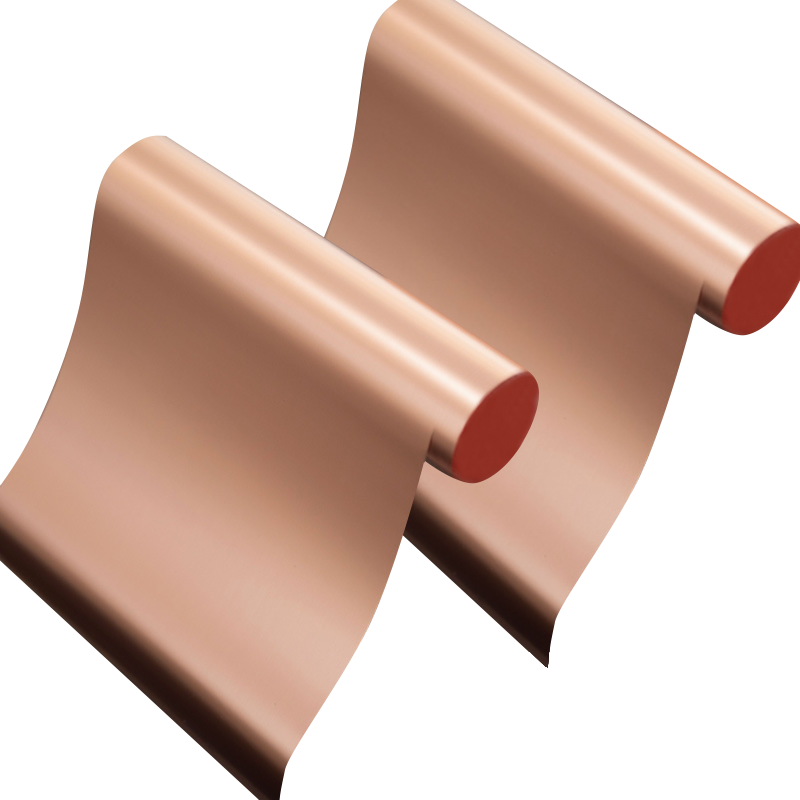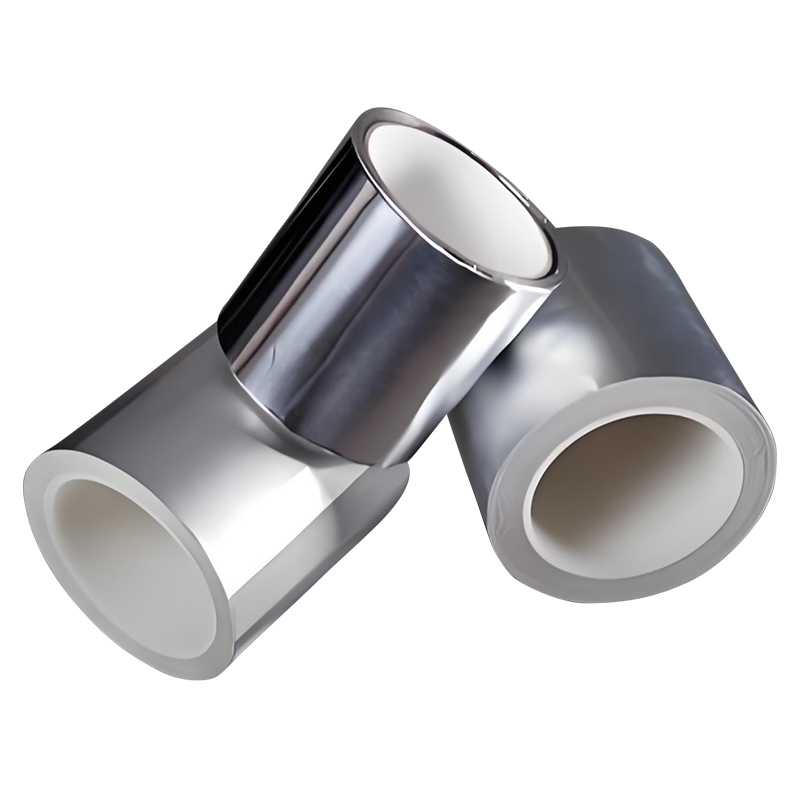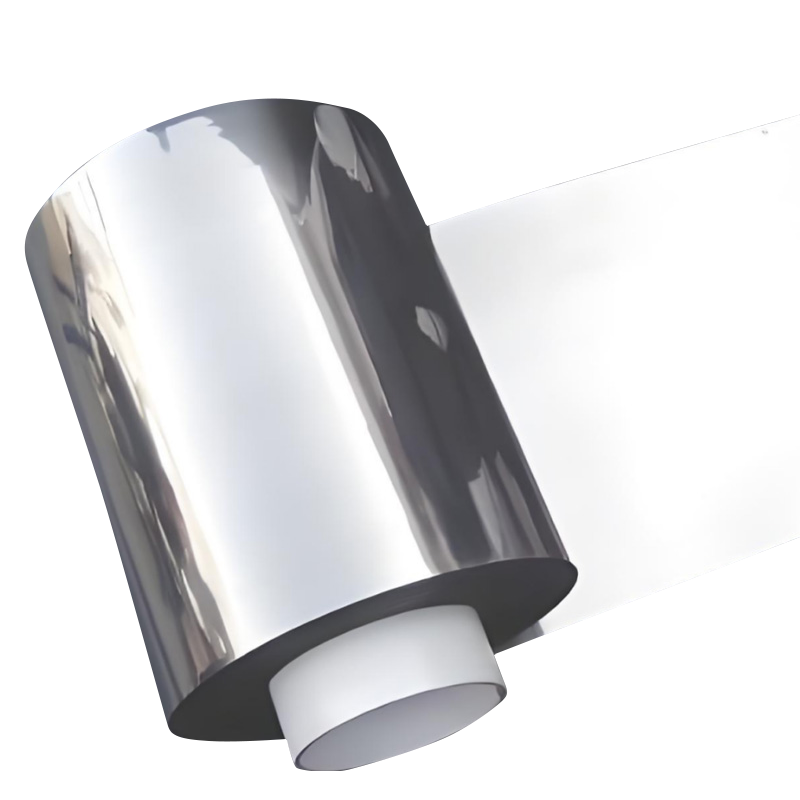If you need any help, please feel free to contact us
- Silver Alloy Electrical Contact Materials
- Copper Alloy Electrical Contact Materials
- Multi-layer Composite Materials
- Special Type Of Wire
- Thermal Bimetal Material
- Copper Steel Composite Material
- Copper Aluminum Composite Material
- Silver Copper Composite Material
- Copper Nickel Composite Material
- Aluminum Nickel Composite Material
- Aluminum Steel Composite Material
- Noble Metal Complex
How Flute Design Impacts Rotary File Burr Performance in Precision Grinding and Deburring Work
In the world of metalworking and precision finishing, the design of a rotary file burr is more than just an aesthetic or structural detail—it’s a key determinant of performance, efficiency, and longevity. Among the most important aspects of this design is the flute structure. Whether you're grinding weld seams, deburring sharp edges, or shaping complex cavities, the type of flute—single cut, double cut, or an alternative specialty cut—can significantly influence the results. Each flute pattern has a specific behavior when interacting with different materials, and understanding these interactions can help professionals make better decisions in their daily operations.
Single-cut rotary file burrs, typically designed with spiral flutes running in one direction, are favored for aggressive material removal and surface shaping. They tend to produce longer chips and leave a smoother finish on ferrous metals. This makes them ideal for machining cast iron, steel, and certain hardened alloys. In contrast, double-cut burrs feature crisscrossed flutes that create smaller chips, reduce loading, and allow for better control over the cutting process. These are particularly effective when working with non-ferrous metals or performing more detailed tasks, offering smoother handling and reduced operator fatigue. It's not just a matter of preference—it’s about matching the right flute geometry to the specific workpiece and task requirements.
Advanced users often explore more specialized flute types, like aluminum cuts or diamond cuts, which are designed to optimize performance for very specific materials or application environments. For instance, aluminum cut burrs have wider flutes and are excellent for soft, sticky metals that might otherwise clog traditional burrs. Diamond cut variants, on the other hand, excel in controlled grinding with reduced chatter and vibration. The choice of flute design can also affect how the rotary burr responds to feed pressure, tool speed, and cooling—variables that are constantly adjusted in real production settings.

Tool longevity and surface finish quality are both influenced by flute geometry. Improper flute selection can lead to premature wear, inefficient chip evacuation, or even workpiece damage. Conversely, the correct flute not only extends the lifespan of the burr but also improves output consistency, which matters tremendously in fields like aerospace and automotive manufacturing, where tolerances are tight and rework is costly. As a manufacturer with deep roots in the metal finishing industry, we’ve seen firsthand how strategic flute selection translates into real productivity gains.
Another often-overlooked factor is operator comfort and safety. Double-cut rotary file burrs tend to generate less chatter and kickback, especially during hand-held operations. This makes them ideal in manual deburring stations or on-the-go grinding tasks common in shipyards or field maintenance work. On the flip side, high-rpm CNC setups may benefit more from the stable chip flow and fast cutting action of single-cut burrs. Choosing the wrong flute design in the wrong setting isn’t just inefficient—it can compromise both safety and surface integrity.
As production environments become more specialized and expectations rise, selecting the right rotary file burr isn’t just a procurement task; it’s a technical decision that impacts cost, quality, and turnaround time. Investing in the right flute design means fewer tool changes, smoother finishes, and better overall throughput. If you're looking to enhance your machining process, our team is always ready to recommend the most suitable burrs based on your materials, machinery, and specific use cases.
The power of the rotary burr lies not just in its material or hardness, but in the precision of its geometry. Flute design is a central feature that deserves careful consideration, especially when machining performance is critical. Whether you're working with hardened steel molds or delicate aluminum housings, optimizing your flute choice can make a noticeable difference. With the right rotary file burr, you're not just shaping metal—you’re shaping efficiency.
- Tel:
+86-18857735580 - E-mail:
[email protected]
- Add:
No. 5600, Oujin Avenue, Wenzhou Marine Economic Development Demonstration Zone, Zhejiang Province, China
Copyright © Wenzhou Hongfeng Electrical Alloy Co., Ltd. All Rights Reserved. Metal Composite Materials Manufacturers

 en
en English
English Deutsch
Deutsch

